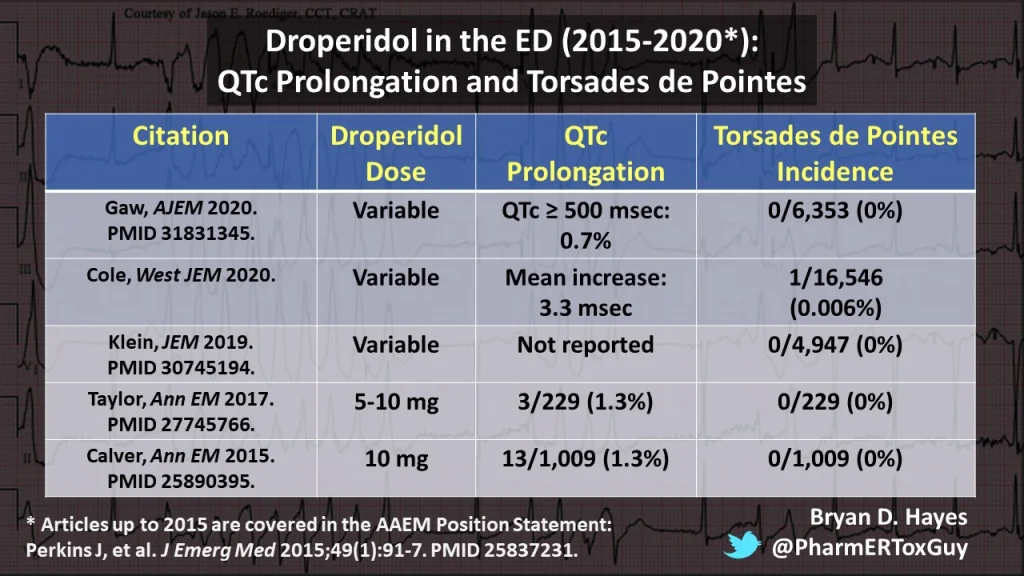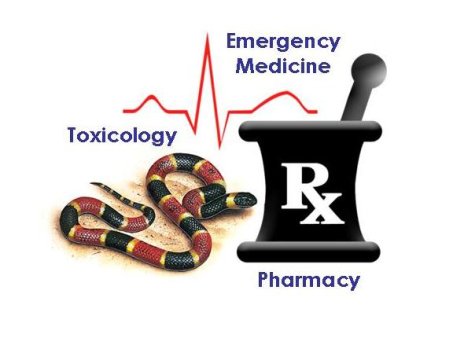Activated charcoal is a funny intervention. There is plenty of data, with various drugs, demonstrating decreased absorption after its administration (much of it in healthy volunteers). However, there is a lack of quality evidence demonstrating benefit in clinically meaningful outcomes, such as mortality. In fact, the most recent Position Paper on Single-Dose Activated Charcoal (from 2005) suggests charcoal “should not be administered routinely in the management of poisoned patients.” This may be an oversimplification and I think Drs. Lotte Hoegberg and Anne-Bolette Gude astutely address this point in Goldfrank’s Toxicologic Emergencies:
“These opinions are unfortunately biased by the fact that most ‘routinely’ poisoned patients have low-risk exposures and do well with minimal intervention. Despite little scientific basis or support from clinical trials, less severely poisoned patients might benefit from activated charcoal in terms of reduced need for life support, monitoring, and antidotes.” (Isbister 2011)
And, there is data demonstrating a lower risk of seizures (venlafaxine, Kumar 2011), QT prolongation (citalopram, Friberg 2006), and delirium (promethazine, Page 2009) after charcoal administration. [Thanks, Dr. Martin Caravati, via Twitter!]
Conventional teaching is that the most benefit will be gained if charcoal is administered within the first hour after an overdose. This is important because we know that if charcoal is not administered in the prehospital setting, patients arriving to the Emergency Department are unlikely to receive it within that time frame.
The purpose of this brief post is to draw your attention to two recent articles that may change our thinking in when/how to use charcoal.
Continue reading “Don’t Completely Dismiss Charcoal’s Potential Benefit in Overdose”



